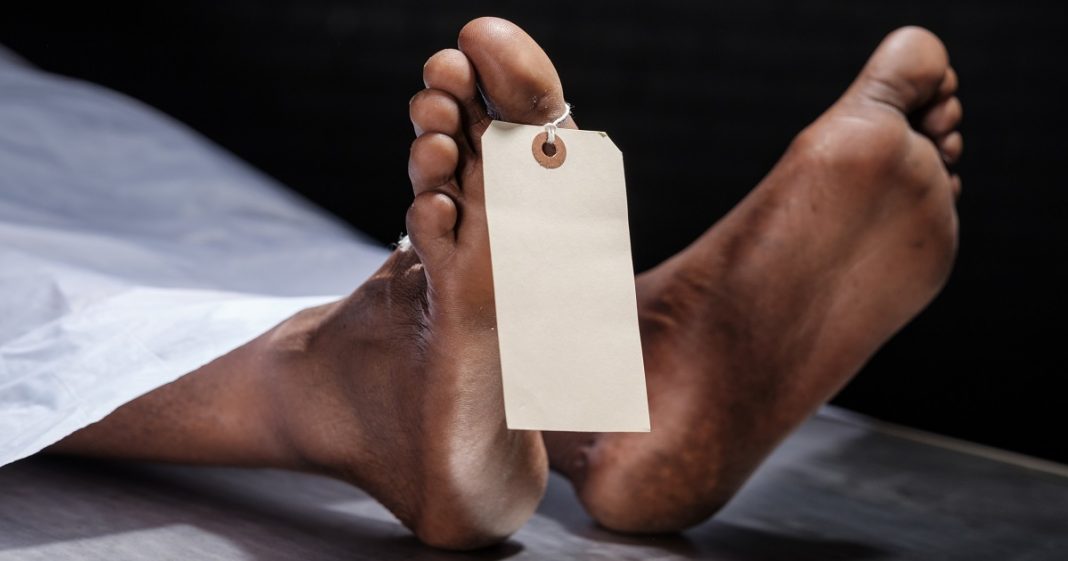It almost seems like a conspiracy; Big pharmaceutical companies continue to dump highly addictive opioid pain killers on to the market, enabling an addiction epidemic that is reaching crisis levels. As they export this epidemic abroad, they conspire to make treatments unavailable by raising prices to unaffordable levels – making certain that they continue to profit from the sickness and suffering of others.
One of the tragic results of this disease-driven industry and its ongoing quest to maximize revenues at the cost of human life is that death rates from overdoses are skyrocketing – and county morgues are running out of room to store victims’ bodies.
A recent example was reported by the New York Times. As of February 2nd – just a little over a month into the new year – the Montgomery County (Ohio) Coroner’s Office had taken in the bodies of 163 people whose deaths were due to opioid overdose. The problem has gotten to the point that director Kenneth Betz has been having to call upon private funeral homes to handle the overflow.
In a phone interview, he told the Times, “We’re running at full capacity…we’ve never experienced this volume of accidental drug overdoses in our history.”
During the first nine months of 2016, there were a total of 253 opioid-related deaths in Montgomery County. In 2013, that number was 220 for the entire year. Significantly, the number of deaths from illegal heroin accounted for only 22% of the total – a figure that has been dropping every year. Instead, most of these deaths involved fentanyl, a prescription pain medication developed by Janssen Pharmaceuticals in the early 1960s.
Montgomery County is just one relatively small region of the country, and provides only a snapshot of what is becoming a national emergency. According to figures from the American Society of Addiction Medicine, drug overdose is now the leading cause of accidental death in the U.S., numbering over 54,400 in 2015. More than 33,000 of those deaths were due to opioids – most of them from “legal” prescription painkillers. In comparison, the estimated number of motor vehicle-related deaths that year was 38,300.
So what is being done to address this growing problem? At the federal level – not much. The most corrupt Congress and Administration since Harding cannot be expected to lift a finger when it comes to working against the interests of their corporate pimps in the pharmaceutical industry.
However, many states are standing up as attorneys general across the country have filed lawsuits against Big Pharma players that have conspired to keep the price of treatments obscenely high.
Meanwhile, over 90 Americans die every day because of drugs such as oxycodone, hydrocodone, methadone and fentanyl, the sales of which have increased by over 300% since 1999. And there is no end in sight.

